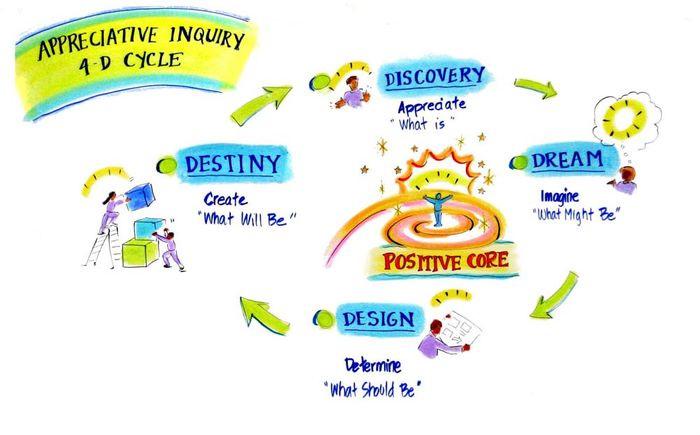Are you a Head Start Director looking for ways to successfully navigate the DRS process and elevate your program to the next level? Crafting an improvement plan can be difficult, but it is essential for refining best practices and achieving lasting success. A well-crafted plan will provide measurable goals, clarify expectations, identify resources, and position staff for success, all while helping maintain compliance with Head Start regulations.
This blog post will explore how understanding the key elements of effective improvement plans can help strengthen your program in remarkable ways. We will discuss how to create a comprehensive and actionable improvement plan that will make a positive difference in your Head Start program and provide a compelling argument for continuing your services in the community. We will also detail key steps for setting measurable goals, analyzing data, implementing best practices, obtaining stakeholder input, and using resources effectively—all components of creating an impactful improvement plan.
We’ll begin with the three key steps to create an improvement plan. Then we will discuss the importance of understanding your program and describe effective strategies to achieve an understanding. We will turn our attention to examining daily practices and the data from each component or service area. A discussion of classroom practices, shared challenges, and effective solutions follows the discussion of data.
Let’s get started!





